
Earth is a big, weird place in space. There’s so much happening on this planet all at once that it’s easy to forget some minor details. We asked our friends here at @NASA — and we want to share with you — the facts about Earth that live rent free in our heads. 
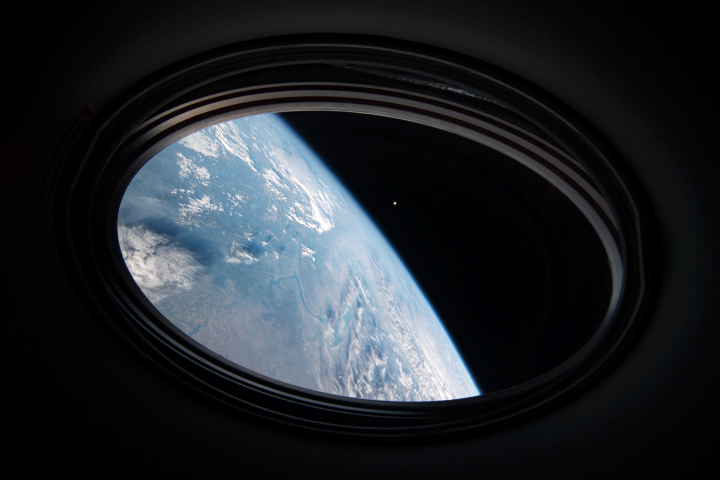
Earth has a solid inner core that is almost as hot as the surface of the Sun. Earth’s core gets as hot as 9,800 degrees Fahrenheit, while the surface of the Sun is about 10,000 degrees Fahrenheit. Right, @NASASun?
solarsystem.nasa.gov/planets/earth/…
solarsystem.nasa.gov/solar-system/s…

solarsystem.nasa.gov/planets/earth/…
solarsystem.nasa.gov/solar-system/s…
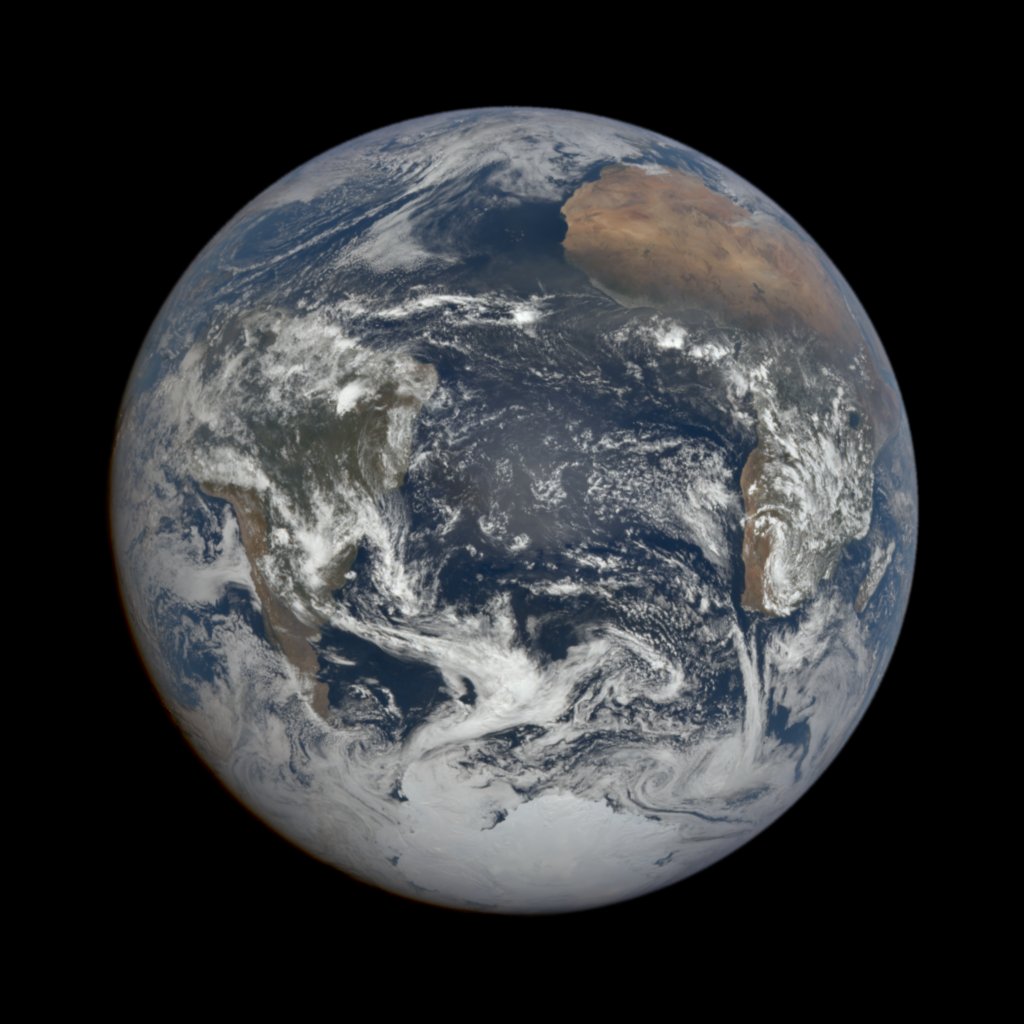
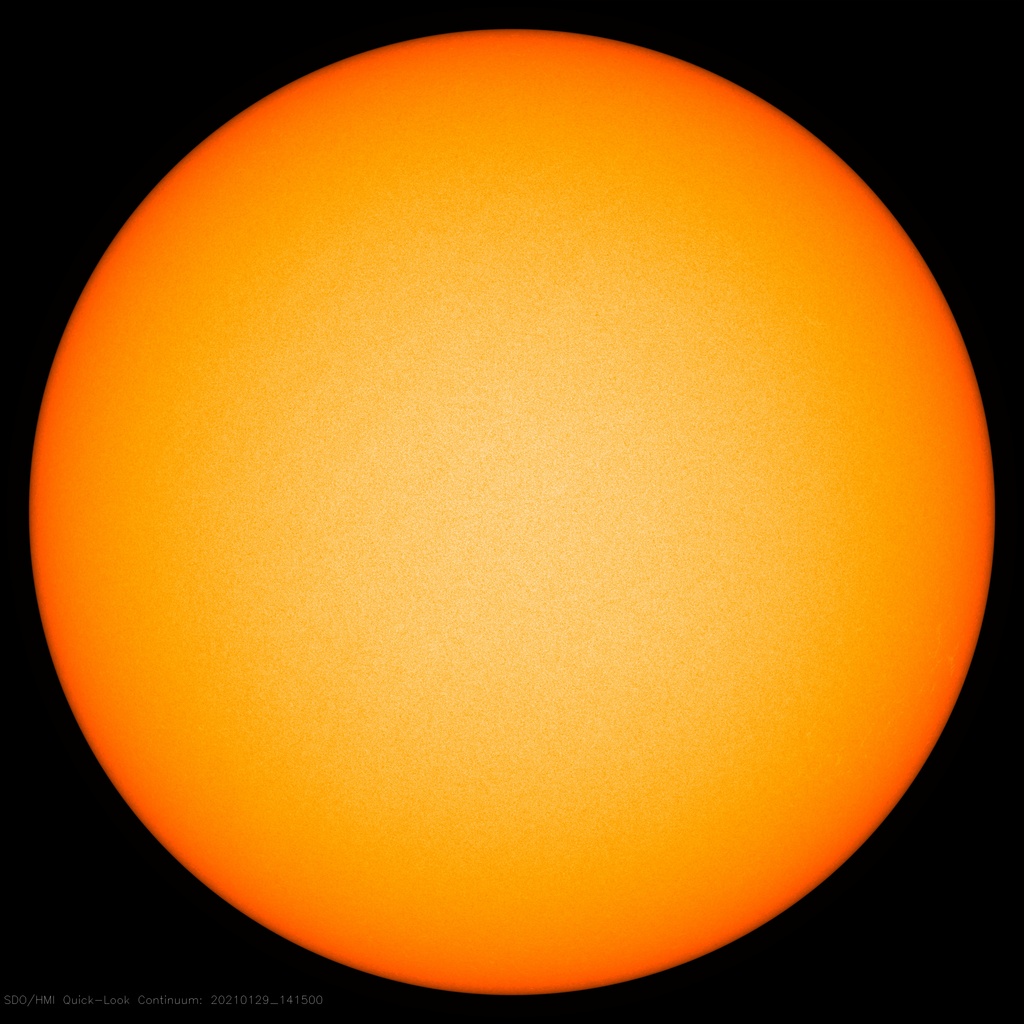
Dust from the Sahara fertilizes the Amazon rainforest. 27.7 million tons blow all the way across the Atlantic Ocean to the rainforest each year, where it brings phosphorus -- a nutrient plants need to grow.
go.nasa.gov/3aiOtWP
go.nasa.gov/3aiOtWP
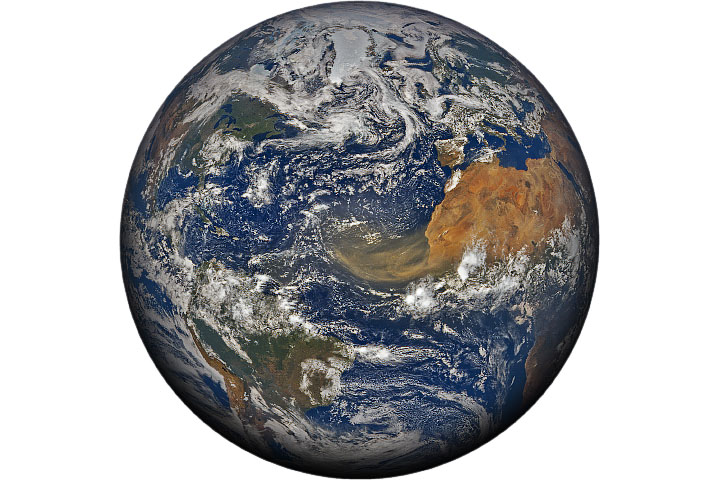
Ice in Antarctica looks solid and still, but it’s actually flowing -- in some places it flows so fast that scientific instruments can move as much as a kilometer (more than half a mile!) a year.
go.nasa.gov/3pvcO1Z
go.nasa.gov/3pvcO1Z
Speaking of Antarctica: Ice shelves (the floating part of ice sheets) can be as big as Texas. Because they float, they rise and fall with the tide. Floating ice as big as Texas, attached to the Antarctic Ice Sheet, can rise and fall up to ~26 feet!
go.nasa.gov/3pvB045
go.nasa.gov/3pvB045
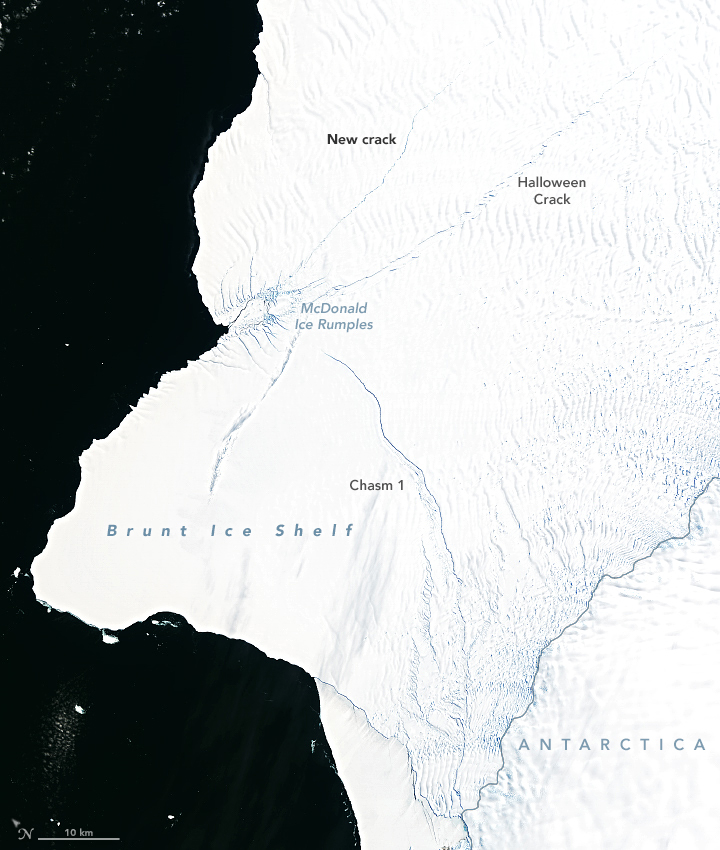
Melting ice on land makes its way to the ocean. As polar glaciers melt, the water sloshes to the equator and which can actually slow the spin of the Earth.
go.nasa.gov/2M7xkaF
go.nasa.gov/2M7xkaF
Even though it looks flat, the ocean isn’t level. The surface has peaks and valleys and varies due to changes in height of the land below, winds, temperature, saltiness, atmospheric pressure, ocean circulation, and more.
go.nasa.gov/3tabd3Z
go.nasa.gov/3tabd3Z
• • •
Missing some Tweet in this thread? You can try to
force a refresh








